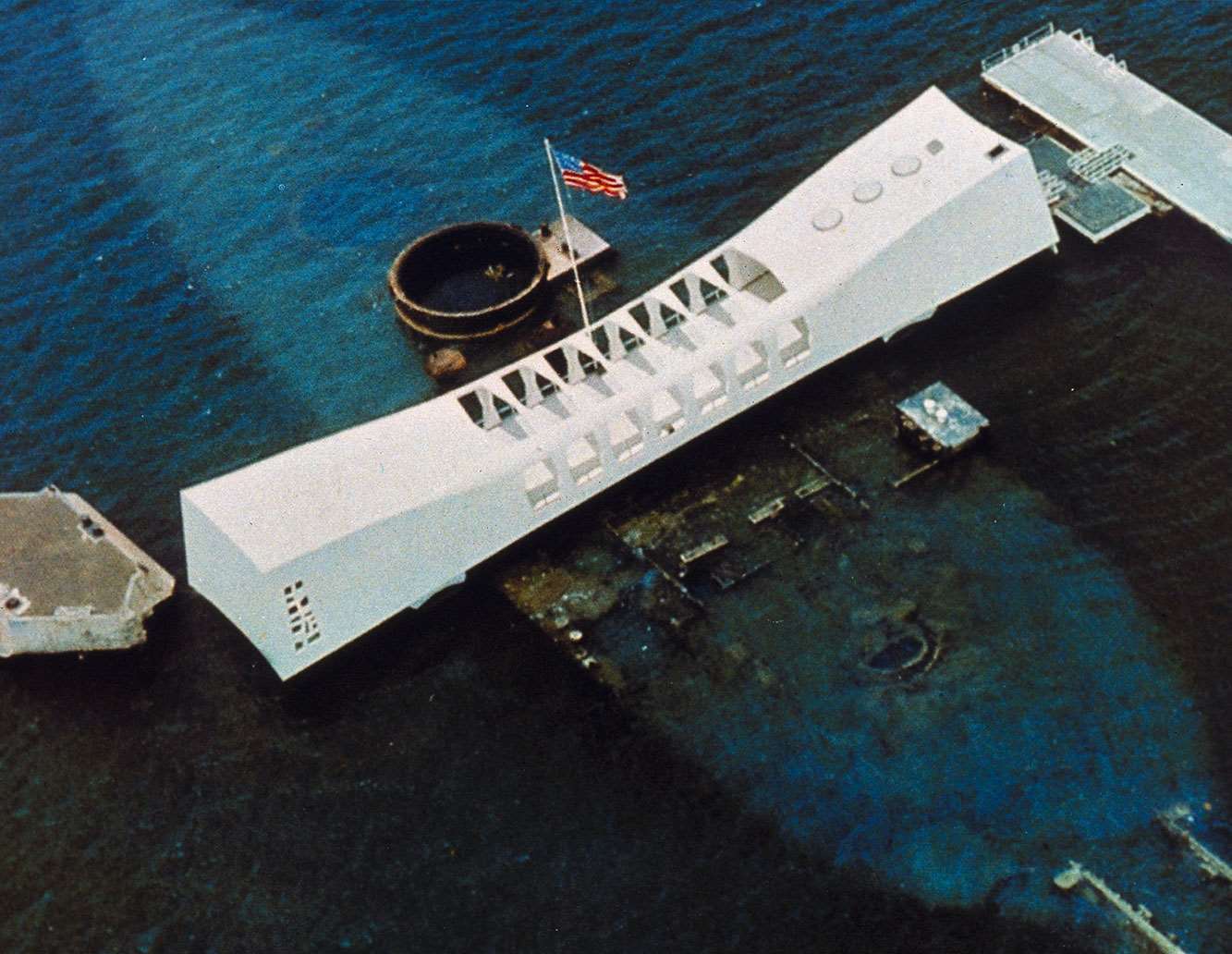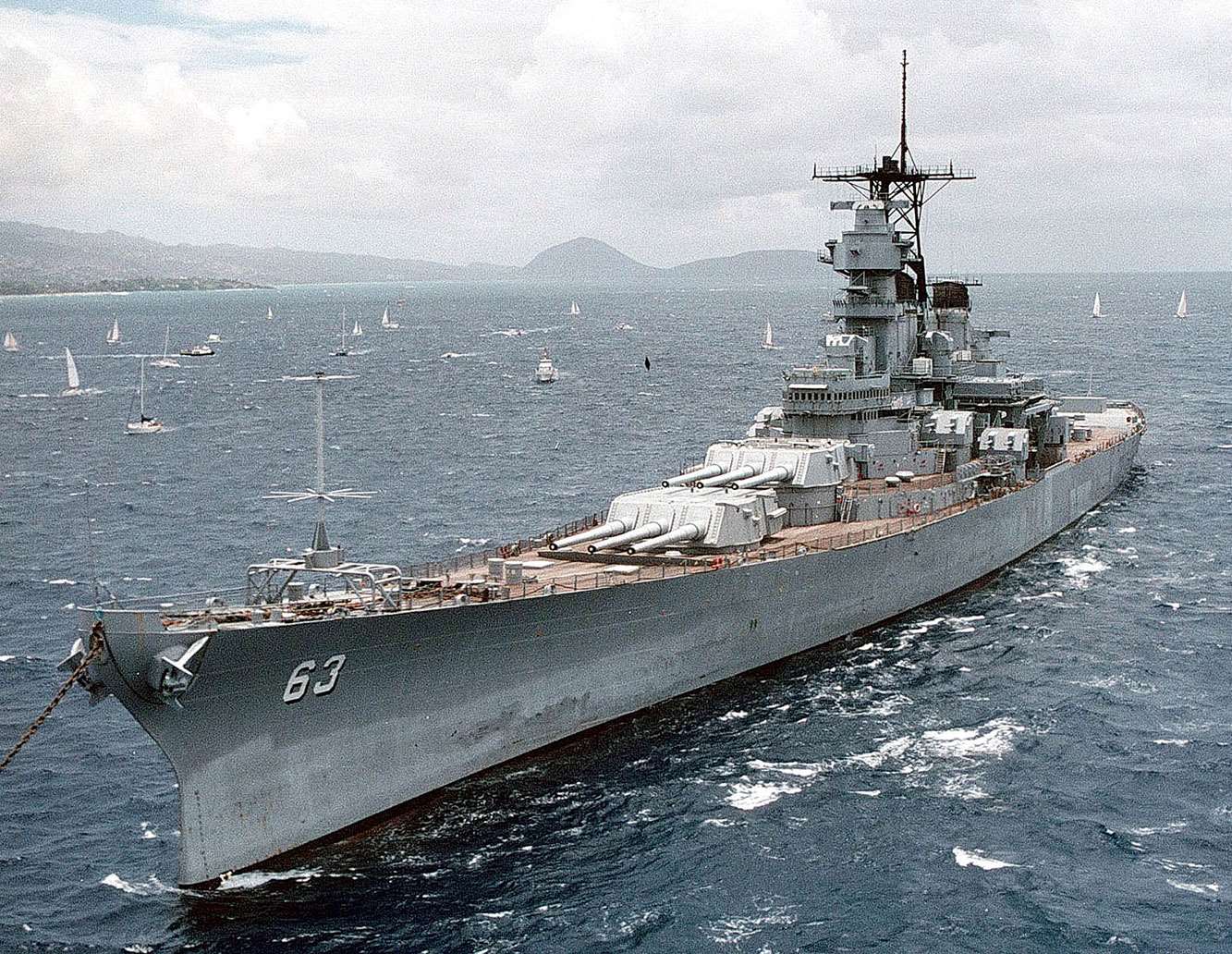
Melancholy and gratitude are mingled for us this week, as an impossible-seeming 76th anniversary of Pearl Harbor arrives. The struggles and sacrifices of the day portend all the more poignantly amid the joys of the approaching Christmas holiday.

We hope the gratitude is something you’ve had an opportunity to share. Time has dimmed the peril of those days when powerful, well-prepared enemies had designs on many—perhaps most—American prerogatives. In a youngster’s murky recollections of the mere 20th anniversary are a ubiquity of veterans of that hellish day, or at least of those who survived the dreadful conflict which followed.
The melancholy is an unwelcome but inevitable sequitur: We were honored to know many of them as childhood heroes and cherish them as adult friends. All are gone now, and the pain of the parting lingers, though not in rivalry to what must have been their own unbearable toll.
Solace of a sort comes in knowledge. Understanding the gravity of the day is a sadly modest homage, but it is all that time and chance will, for the most part, allow. Over the A1F Daily years, we’ve tried to share a little, but readily acknowledge that the trove is varied, vast and unquestionably beyond our powers. All the same, the antecedents are worth understanding, and have lessons—even warnings—for the contemporary reader. Heroism on the day was utterly commonplace, yet an astonishing 15 Medals of Honor—we surveyed them here—were still awarded. Of the attack (here), documentation is plentiful, including even a well-done movie (“Tora! Tora! Tora!" [1970]).
It is no surprise that less than 2,000 Pearl Harbor veterans remain alive today, and only three from the disastrously bombed USS Arizona. The moored battleship sank with 1,177 hands aboard 20 minutes into the battle, and her losses were nearly half those at all military installations in the Islands. Still leaking fuel oil—she went down with 500,000 gallons aboard—Arizona is the principal memorial to the battle, and the resting place of an increasing compliment of her crew: Even decades later, some survivors choose to be “buried at sea” with their shipmates.

A few hundred yards southwest of the Arizona sits another, grander monument, though still a sobering one: BB-63, the USS Missouri. Little more than the keel of the Iowa-class battleship had been laid on the morning of the attack, but she would earn three battle stars on her way to an anchorage in Tokyo Bay less than four years later. More than 250 other Allied vessels stood by as the unconditional surrender of the Empire of Japan was signed on her deck.
We posit this week that sun, sand and surf are more than sufficient cause to visit the 50th state; it’s a cheery, charming, unique destination. But the best reason to go is there in the waters off Ford Island. The bucks you can afford, the tears are no shame, and knowing the price—and value—of your freedom is something for which every American should yearn.
Frank Winn has been studying arms and their relationship to tyranny, meaningful liberty and personal security all his adult life. He has been a firearms safety/shooting instructor for more than 20 years, and earned state, regional and national titles in several competitive disciplines.






























